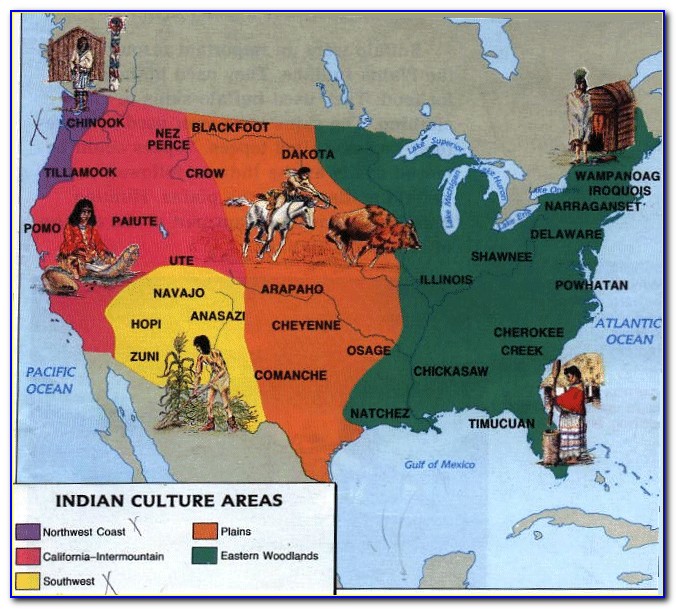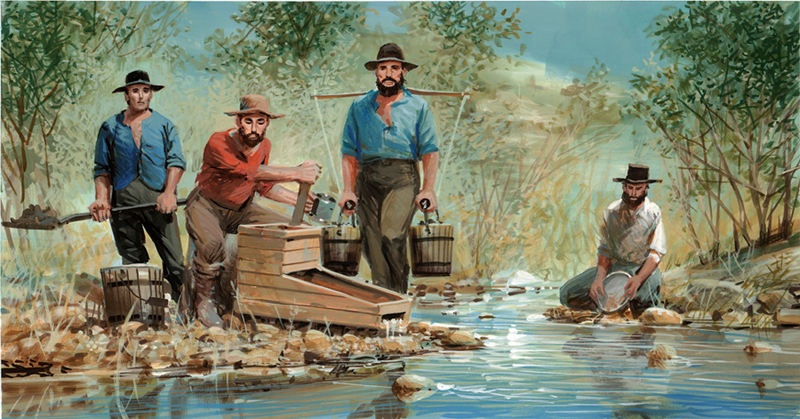California’s First People: A Tapestry of Tribes Before the Gold Rush
California’s First People: A Tapestry of Tribes Before the Gold Rush

California, the Golden State, is known for its sunshine, beaches, and Hollywood glamour. But before the Spanish conquistadors arrived, before the gold rush transformed the landscape, and before the iconic Hollywood sign was even a twinkle in someone’s eye, California was home to a rich and diverse tapestry of Native American tribes. These were the original Californians, the people who called this land home for thousands of years, leaving behind a legacy of art, language, and culture that continues to inspire and inform us today.
A Land of Diverse Peoples
Related Articles: California’s First People: A Tapestry of Tribes Before the Gold Rush
- Arizona’s Native Legacy: A Tapestry Of Tribes And Names
- Unveil the Tapestry of Native American Heritage with Our Indian Tribes in America Map
- Explore the Hidden Gems: Uncovering the Native American Tribes of Northern Colorado
- Unveil the Enchanting World of Indian Tribes in New Mexico: Discover Hidden Gems and Gain Profound Insights
- Unveiling the Challenges and Resilience of Reservations Native American Today
From the rugged peaks of the Sierra Nevada to the rolling hills of the Central Valley, from the sun-drenched deserts to the fog-kissed coastline, California’s diverse geography fostered a remarkable array of cultures. Each tribe developed unique traditions and customs, adapted to their specific environment and resources.
Let’s dive into the tapestry of California’s First People, exploring some of the prominent tribes and their fascinating stories.
The Coastal People: Masters of the Sea
Along the Pacific coastline, tribes like the Chumash, Tongva, and Gabrielino thrived as skilled fishermen and gatherers. The Chumash, known for their intricate shell ornaments and their mastery of the sea, navigated the waters in their remarkable plank canoes, called "tomols." These canoes, crafted from redwood planks and stitched together with animal sinew, allowed them to venture far out to sea, bringing back an abundance of fish and other marine life. The Tongva and Gabrielino, who inhabited the Los Angeles Basin, were renowned for their pottery and their intricate knowledge of the local plants and animals.
The Inland Tribes: Guardians of the Valley
Moving inland, we encounter the Maidu, Miwok, and Yurok, who adapted to the varied landscapes of the Central Valley and the Sierra Nevada. The Maidu, known for their basketry skills and their intricate beadwork, were masterful hunters and gatherers, relying on the bounty of the valley and the forests. The Miwok, who inhabited the Sierra Nevada foothills, were skilled in fishing and farming, cultivating corn, beans, and squash. The Yurok, who lived along the Klamath River, were renowned for their intricate wood carvings and their elaborate fishing techniques.
The Desert People: Survivors of the Harsh Land
In the harsh desert environment, the Cahuilla, Chemehuevi, and Mojave thrived, demonstrating remarkable resilience and adaptability. The Cahuilla, who inhabited the Coachella Valley, were known for their intricate knowledge of desert plants and their ability to survive in the arid landscape. The Chemehuevi, who lived along the shores of Lake Mojave, were skilled fishermen and hunters, adapting to the unique environment of the desert. The Mojave, who inhabited the Mojave River Valley, were known for their elaborate storytelling traditions and their complex social structures.

A Legacy of Language and Culture
These diverse tribes spoke a myriad of languages, each reflecting the unique history and environment of their people. The languages, though distinct, shared common roots, hinting at the interconnectedness of these cultures.
The art of these tribes is a testament to their ingenuity and creativity. From the intricate basketry of the Maidu to the elaborate shell ornaments of the Chumash, from the exquisite pottery of the Tongva to the powerful wood carvings of the Yurok, these art forms reflect the beauty and complexity of their world.
The Impact of Colonization
The arrival of European colonists in the 18th century marked a devastating turning point in the history of California’s First People. Disease, forced displacement, and cultural suppression decimated their populations and shattered their way of life. The California Gold Rush in the mid-19th century brought a new wave of settlers, leading to further displacement and conflict.

Remembering the Past, Honoring the Present
Despite the hardships they faced, the legacy of California’s First People endures. Their traditions, their art, and their stories continue to inspire and inform us today. Their resilience and their connection to the land serve as a powerful reminder of the importance of preserving our natural heritage and honoring the cultures that have shaped this state.
Moving Forward: Recognizing and Respecting the Past
As we celebrate California’s rich history and diverse culture, it’s crucial to acknowledge the contributions of its First People. By learning about their stories, their traditions, and their resilience, we can foster a deeper understanding of the land we call home and work towards a future where all voices are heard and respected.
FAQ: Who Were the First Native American Tribes in California?

Q: How many Native American tribes were in California before European colonization?
A: Estimates vary, but it’s believed that over 100 distinct tribes inhabited California before European contact.
Q: What are some of the most prominent tribes in California?
A: Some of the most prominent tribes include the Chumash, Tongva, Gabrielino, Maidu, Miwok, Yurok, Cahuilla, Chemehuevi, and Mojave.
Q: What happened to the Native American tribes in California after European colonization?
A: European colonization had a devastating impact on California’s First People. Disease, forced displacement, and cultural suppression decimated their populations and shattered their way of life.
Q: How can I learn more about the history and culture of California’s First People?
A: There are numerous resources available to learn more about the history and culture of California’s First People. You can visit museums, attend cultural events, and explore online resources.
Q: How can I support the preservation of Native American culture in California?
A: You can support the preservation of Native American culture in California by visiting museums and cultural centers, attending events, and learning about the history and traditions of the tribes. You can also support organizations that work to protect Native American rights and cultural heritage.
Conclusion:
The story of California’s First People is a story of resilience, creativity, and adaptation. Their legacy continues to enrich the tapestry of California’s culture, reminding us of the importance of honoring the past, respecting the present, and working towards a future where all voices are heard and valued.

Closure
Thus, we hope this article has provided valuable insights into California’s First People: A Tapestry of Tribes Before the Gold Rush. We thank you for taking the time to read this article. See you in our next article!